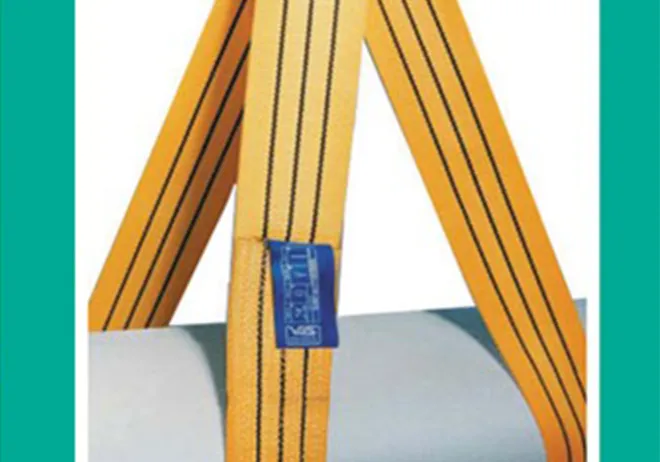what is a lockstitch machine
What is a Lockstitch Machine?
A lockstitch machine is a vital piece of equipment in the sewing industry, widely recognized for its efficiency and precision in creating strong seams. This type of sewing machine utilizes two threads to form a stitch that is commonly used in various applications, from garment manufacturing to home sewing. Understanding the mechanisms and advantages of a lockstitch machine is essential for anyone engaged in textile production or sewing enthusiasts looking to enhance their skills.
Mechanism of a Lockstitch Machine
At the heart of a lockstitch machine is its unique stitching mechanism, which employs two threads the upper thread and the lower thread. The upper thread is fed from a spool on the machine’s top, while the lower thread comes from a bobbin, usually located in the machine’s needle plate. The fundamental principle behind the lockstitch is that the upper and lower threads interlock to create a secure seam.
When sewing, the needle moves up and down, carrying the upper thread through the fabric. As the needle descends, it pushes the thread downward, while a hook mechanism rotates around the bobbin, catching the upper thread and pulling it around the lower thread. This interlocking action creates a strong stitch that is both durable and flexible, making it the preferred choice for many types of fabric and sewing projects.
Features and Advantages
One of the primary advantages of a lockstitch machine is its versatility. Lockstitch machines can be used for various sewing projects, including quilting, garment construction, and crafting. They are capable of handling different types of materials, from light fabrics like cotton to heavier textiles like denim and canvas. This adaptability makes them an essential tool in both professional and domestic sewing environments.
what is a lockstitch machine

Another benefit of lockstitch machines is the quality of the seams they produce. The interlocking nature of the stitches gives them excellent strength, preventing the seams from unraveling over time. This quality is particularly important in clothing production, where durability is crucial for garments that undergo regular wear and tear.
Additionally, lockstitch machines typically offer various stitch options, allowing users to customize their sewing projects. Many modern lockstitch machines come equipped with features such as adjustable stitch lengths and widths, automatic threading systems, and computerized interfaces, enabling greater control and creativity in sewing.
Applications in the Industry
Lockstitch machines are widely used in the garment industry, playing a significant role in the construction of clothing items such as shirts, pants, and dresses. They are also essential in the production of outdoor gear, upholstery, and specialty items like bags and accessories. In industrial settings, high-speed lockstitch machines are often employed for mass production, where efficiency and speed are paramount.
Moreover, the lockstitch has gained popularity among hobbyists and quilters due to its effectiveness in creating precise, neat seams. Many individuals enjoy using lockstitch machines for personal projects, such as home décor and custom clothing.
Conclusion
In summary, a lockstitch machine is an invaluable tool in the sewing and textile industry, known for its ability to produce strong, reliable seams. With its straightforward mechanism and versatility, it caters to both professional seamstresses and enthusiastic hobbyists alike. As technology continues to advance, lockstitch machines will undoubtedly evolve, enhancing their features and capabilities while remaining a staple in the world of sewing. Whether for industrial applications or personal projects, understanding the fundamentals of lockstitch machines can greatly benefit anyone involved in the art of sewing.
-
Boost Production Efficiency with a Pattern Sewing MachineNewsAug.29,2025
-
Industrial Excellence with the Best Heavy Duty Sewing MachineNewsAug.29,2025
-
Precision and Power with the Best Pattern Sewing MachineNewsAug.29,2025
-
Reliable Bulk Packaging Starts With the Right FIBC Sewing MachineNewsAug.29,2025
-
Advanced Packaging Solutions: Elevate Productivity with Jumbo Bag Sewing Machine and Industrial Stitching EquipmentNewsAug.29,2025
-
High-Performance Solutions for Bulk Packaging: FIBC Sewing Machine and MoreNewsAug.29,2025
-
Maximize Efficiency with an Industrial Cylinder Arm Sewing MachineNewsAug.28,2025


























